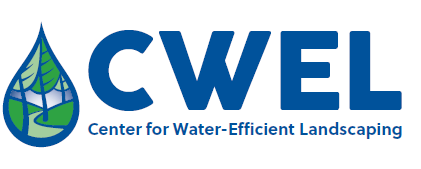Document Type
Article
Journal/Book Title/Conference
Journal of the American Water Resources Association
Volume
47
Issue
3
Publisher
Wiley
Publication Date
6-2011
First Page
635
Last Page
649
Abstract
We present a spreadsheet model that identifies the costs, water, labor, fertilizer, pesticides, fuel, energy, carbon emissions, and particulates required of and generated by a user-specified residential or commercial landscape over its economic life. This life includes site preparation, materials purchase, installation, annual maintenance and replacing landscape features that wear out or die. Users provide a variety of site-descriptive information and the model queries an extensive database of landscape data to calculate costs, required inputs, and impacts. We verified model results against observations of water, labor, fertilizer, and fuel use over eight years at three landscapes in the Salt Lake City, Utah metropolitan region. We use the model to show tradeoffs in costs and required inputs for a predominately cool-season turfgrass landscape typical for Salt Lake City and other high desert, intermountain western United States cities and potential modifications to that typical landscape. Results highlight strategies water conservation programs can use to encourage property owners to install and adopt water-conserving landscape features and practices. Residential and commercial landscapers, landscape architects, contractors, and property owners can also model current and proposed landscapes and use results to identify a low-cost, low-input landscape that achieves their client’s or their own goals and values.
Recommended Citation
Kopp, Kelly; Rupp, Larry; Johnson, Paul G.; Kjelgren, Roger K.; Rosenberg, David E.; and Kratsch, Heidi, "Value Landscape Engineering: identifying costs, water use, labor, and impacts to support landscape choice." (2011). CWEL Publications. Paper 73.
https://digitalcommons.usu.edu/cwel_pubs/73


